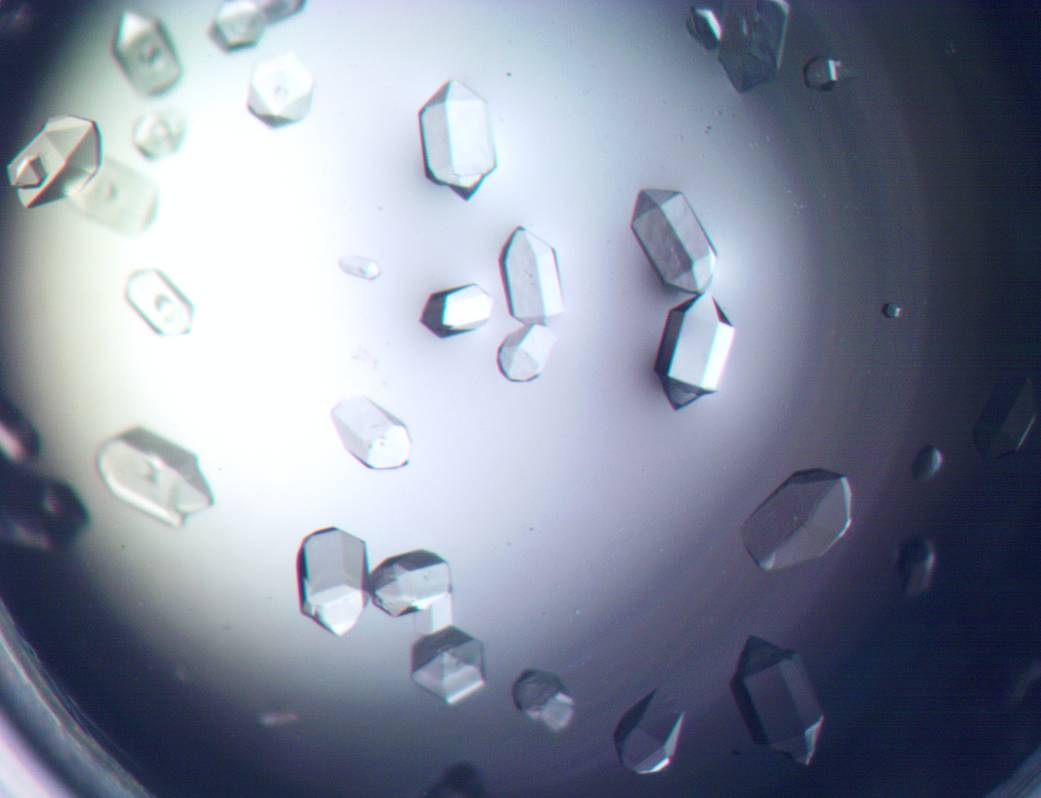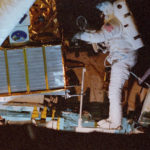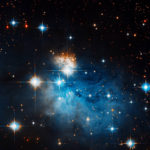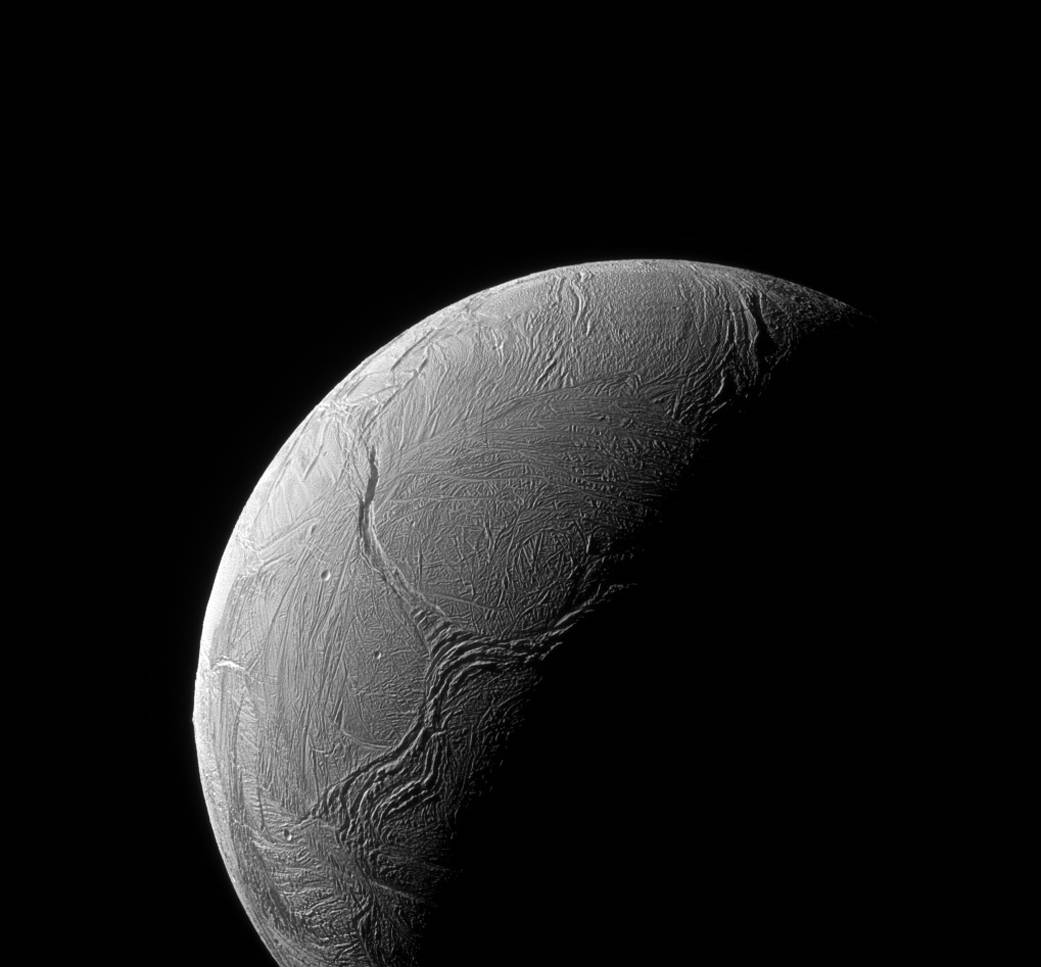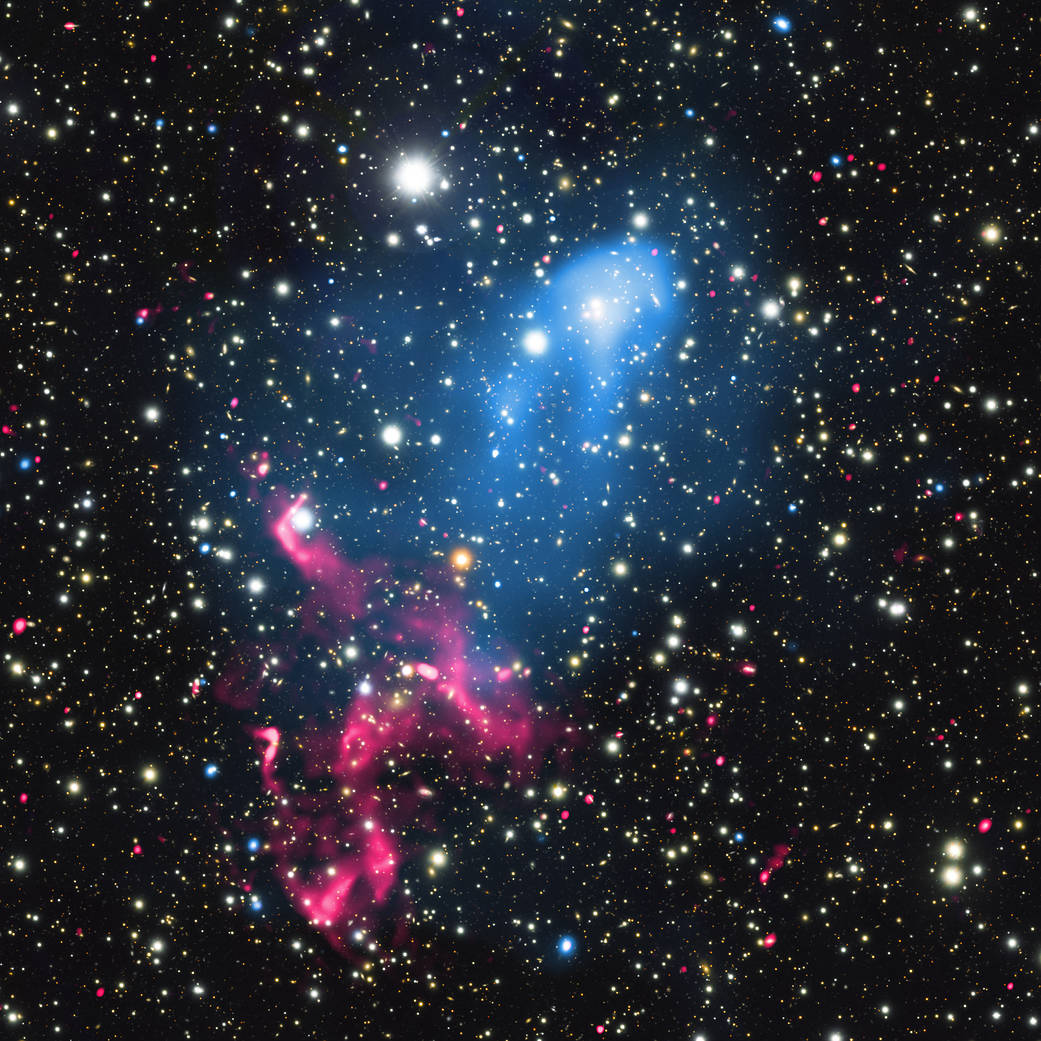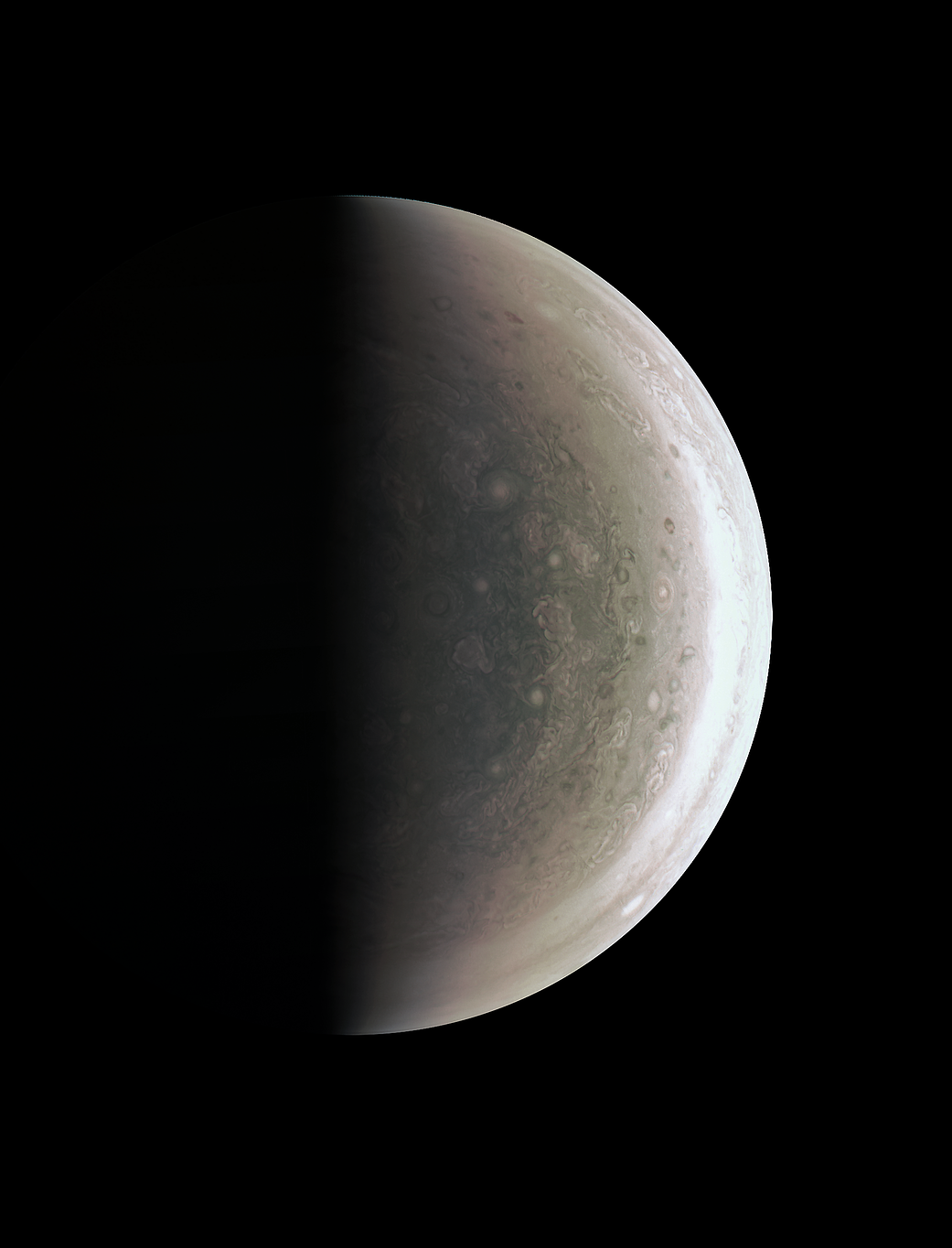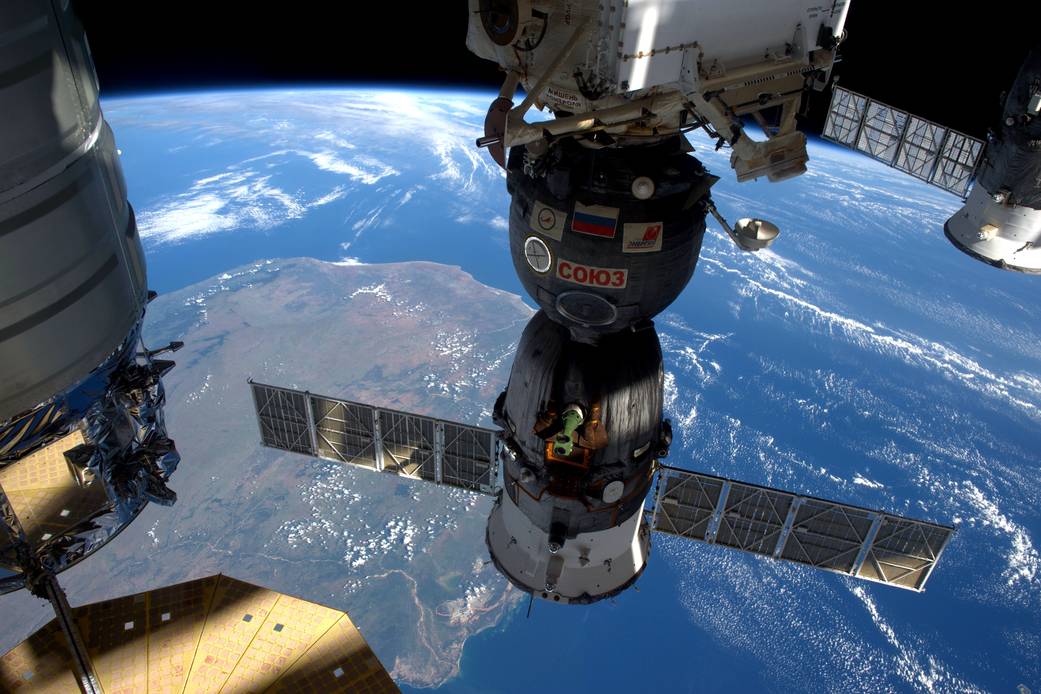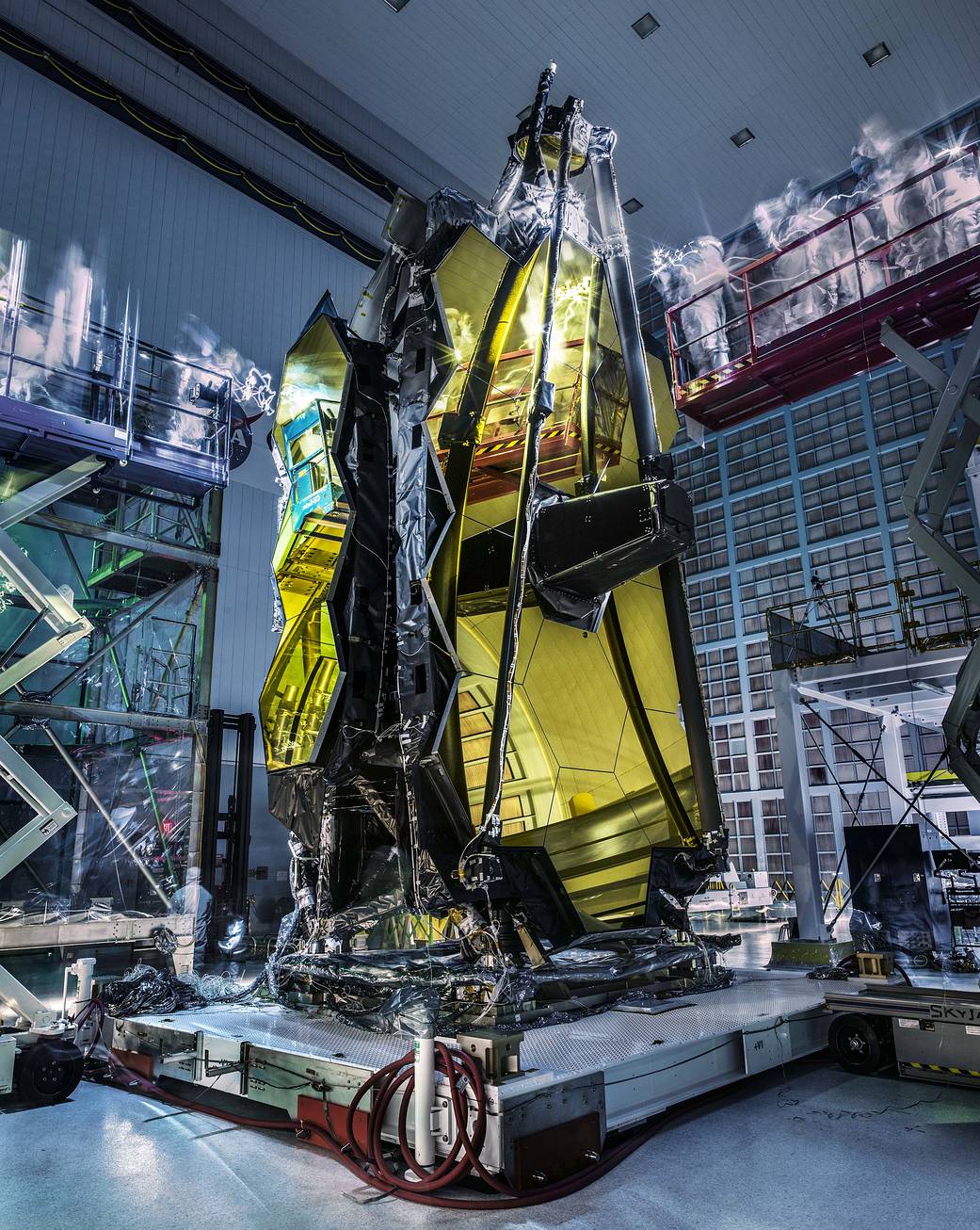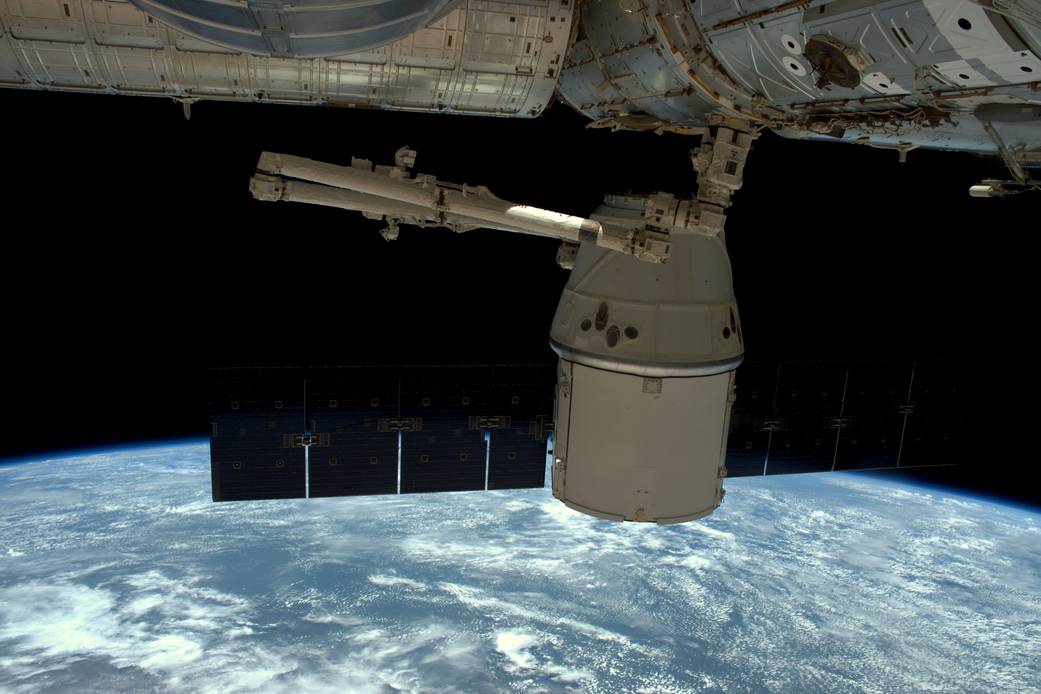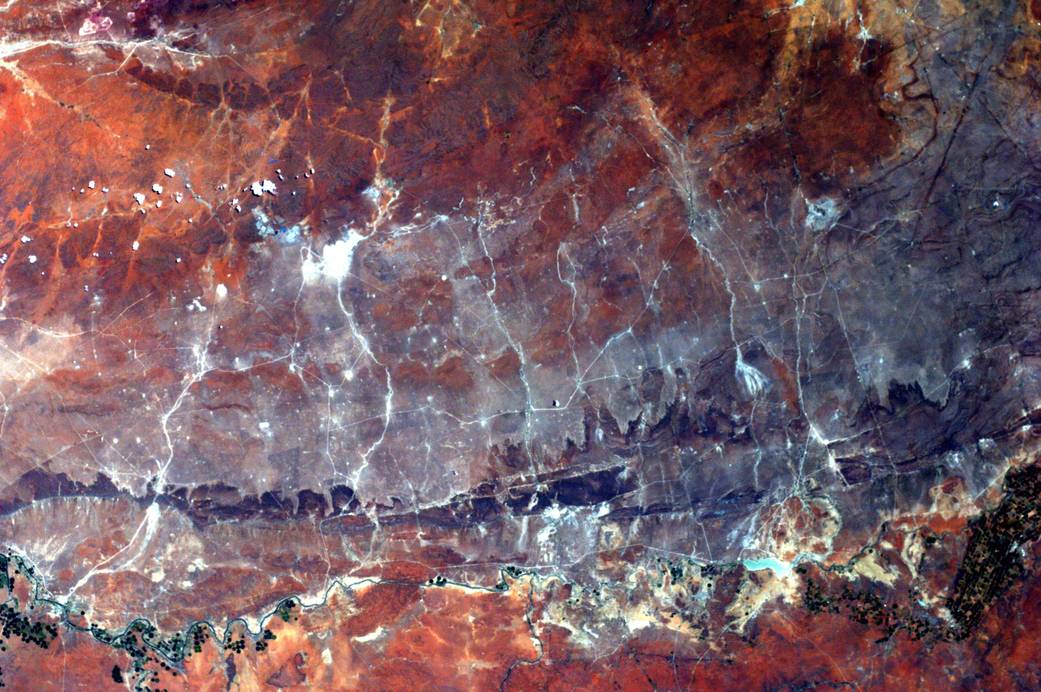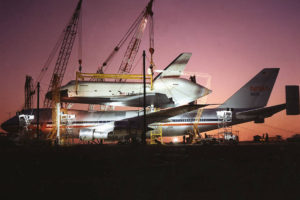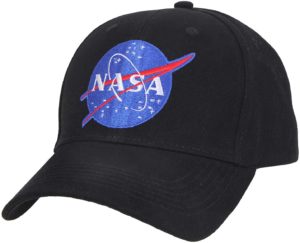NASAの今日の1枚は、意表を突く写真です。
「何これ⁉」
NASAによると国際宇宙ステーションで観察しているタンパク質の結晶の成長実験模様だとのことです。
地球の重力の影響のないところでタンパク質の結晶を生成できると、難病の治療薬などへの応用が効くとNASAは伝えています。
NASAの公式サイトのURLはこちら:
Crystal Clear: Observing Crystal Growth on the Space Station | NASA
以下はオリジナル原文と和訳です。
Crystal Clear: Observing Crystal Growth on the Space Station
There are more than 100,000 proteins in the human body. Every structure is different, and each one of them holds important information related to our health. Each protein has a unique and complicated structure that is closely related to its function. Therefore, revealing a protein’s structure leads to an understanding of its function. However, it is difficult to analyze protein structures here on Earth, where gravity interferes with optimal growth. Previous research has shown that microgravity produces high-quality protein crystals that can be analyzed to identify possible targets for drugs to treat disease.
人体には10万以上のタンパク質があります。構造はそれぞれ異なり、それぞれが私たちの健康に関する重要な情報を持っています。各タンパク質は、その機能に密接に関連する特有で複雑な構造を持っています。したがって、タンパク質の構造を明らかにすることで、たんぱく質が持つ機能を理解することにつながるのです。しかし、地球上でタンパク質の構造を分析することは困難です。なぜなら重力がタンパク質の最適な成長を妨げるからなのです。昔の研究では、重力がわずかな環境にすると、高品質のタンパク質結晶を生成することができ、それを分析して、病気の治療薬の効果的な目標を特定できることがわかっています。
The Real-Time Protein Crystal Growth 2 study will produce high-quality protein crystals for up to eight proteins that will undergo detailed analysis back on Earth.
「Real-Time Protein Crystal Growth 2」という研究では、最大8つの高品質のタンパク質結晶が生成され、地球上に持ち帰り詳細な分析が行われる予定です。
Astronauts will observe the crystals, report on their growth, and then make changes based on initial observations.
宇宙飛行士は結晶を観察し、その成長状況をレポートし、その状況によって適切な対応をします。
In this image, Aeropyrum pernix Flap Endonuclease-1 (FEN-1) protein crystals are shown grown under Earth gravity conditions. FEN-1 will serve as the experimental protein for the Real Time Protein Crystal Growth 2 study.
この画像は、「Aeropyrum pernix Flap Endonuclease-1 (FEN-1)」タンパク質結晶が地球の重力下で成長したものです。 FEN-1は、「Real Time Protein Crystal Growth2」研究の実験で使用するタンパク質です。
Learn more about the latest research on the station.
Image Credit: University of ToledoLast
Updated: Feb 11, 2021Editor: Yvette Smith
